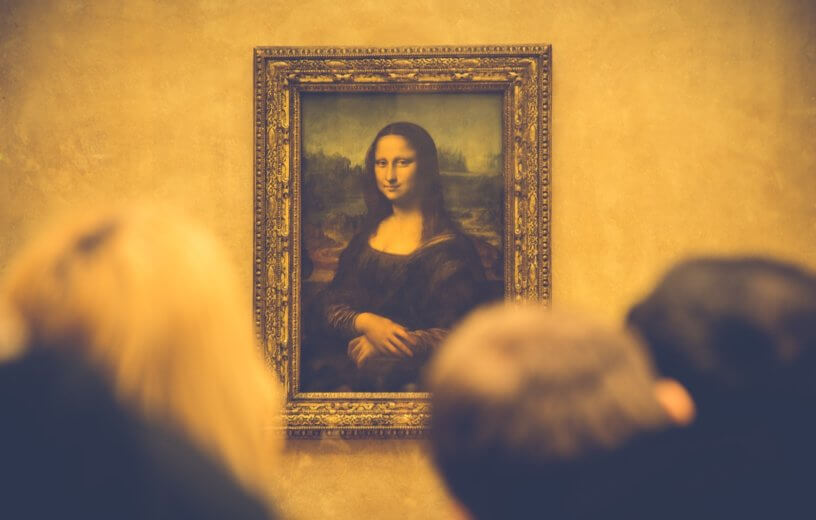CINCINNATI — Leonardo da Vinci’s Mona Lisa, quite possibly the single most famous piece of art ever created, has captivated and puzzled onlookers for generations. The portrait has a lifelike, almost haunting, appearance that often speaks to viewers on an individual level. What one person sees or feels when they gaze upon the Mona Lisa may differ drastically from the emotions of others as they lay their eyes on da Vinci’s masterpiece. Perhaps above all of her other features, Mona Lisa’s smile has long been the subject of debate.
Her facial expression is, to put it succinctly, rather odd. Now, researchers at the University of Cincinnati have an explanation as to why her smile has captured the imaginations of so many. Mona Lisa’s smile is asymmetrical, and thus “dishonest.” in other words, half of Mona Lisa’s smile is constructed in a way as to convey a fake smile, or someone who is being disingenuous in their facial expressions.
“Our results indicate that happiness is expressed only on the left side. According to some influential theories of emotion neuropsychology, we here interpreted the Mona Lisa asymmetric smile as a non-genuine smile, also thought to occur when the subject lies,” the study reads.
The study’s authors asked 42 people to look at two mirror images of the left and right sides Mona Lisa’s smile, and then rate which of six base emotions are being conveyed by each side. Nearly all of the participants (92.8%, or 39 out of 42) said that the left side of her smile definitely conveyed genuine happiness. Conversely, not a single person said the same for the right side. Regarding the right side, 35 participants said it expressed neutrality more than anything else, five said it showed disgust, and two saw sadness.
The research also notes that Mona Lisa doesn’t appear to have any upper face muscle activation. Whenever anyone legitimately smiles, our cheeks raise and the muscles around our eyes contract. This traditional form of smiling is often referred to as a Duchenne smile, named after famed 19th century French neurologist Guillaume Duchenne. An asymmetrical smile, much like the expression on Mona Lisa’s face, is in turn known as a non-Duchenne smile. This type of asymmetrical smile “reflects a non-genuine emotion and is thought to occur when the subject lies,” a press release states.
“Considering it is unlikely that a person who sits motionless for hours to be painted is able to constantly smile in genuine happiness, the simplest explanation is that the Mona Lisa asymmetric smile is the manifestation of an ‘untrue enjoyment’ in spite of all the efforts that Leonardo’s jesters used to make in order to keep his models merry,” the study explains.
Perhaps the mystery behind the Mona Lisa is as simple as a restless model fidgeting in her seat hundreds of years ago, but the research team have another theory.
“An alternative intriguing possibility, however, is that Leonardo already knew the true meaning of asymmetric smile more than three centuries before Duchenne’s reports and deliberately illustrated a smile expressing a ‘non-felt’ emotion,” researchers speculate.
If da Vinci was indeed aware of exactly what he was doing, Mona Lisa’s smile may hide further secrets still. The study’s authors say, in such a case, it’s not entirely impossible that the Mona Lisa is actually a self-portrait, or a portrait of a man, or even an image of a deceased woman.
“While the Mona Lisa smile continues to attract attention of its observers, the true message it conveys remains elusive and many unsolved mysteries remain to be elucidated, perhaps via the knowledge of emotion neuropsychology,” the study concludes.
The study is published in Cortex.
